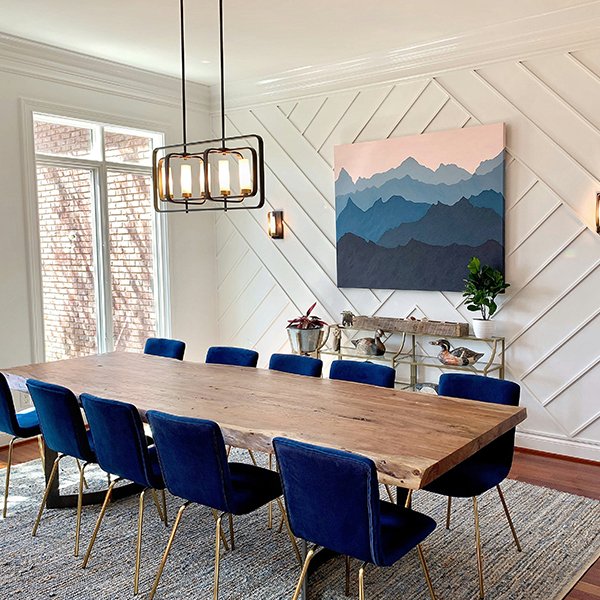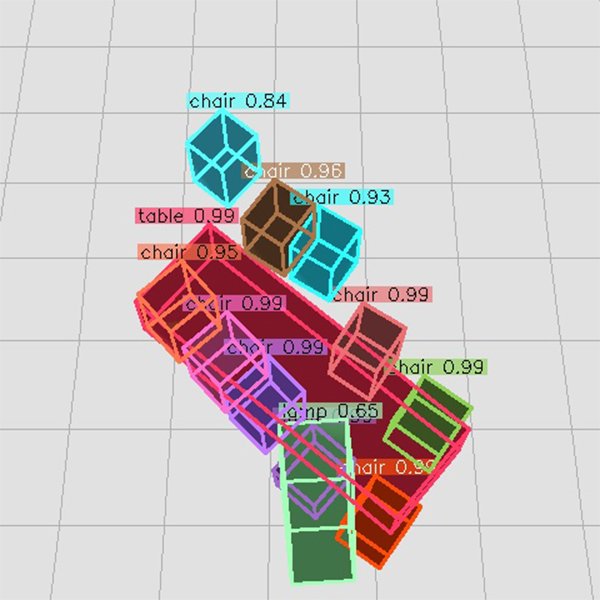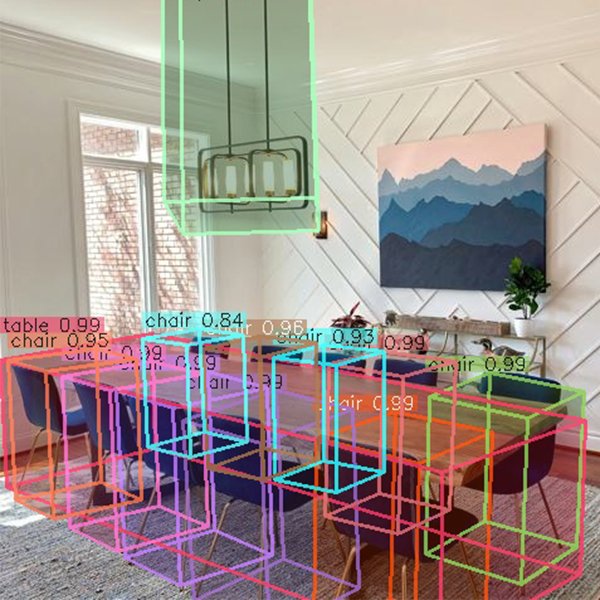Project Timeline
SENSO3D runs for 9 months (July 2024 – March 2025), structured into three focused sprints:
Each phase delivered a formal deliverable report (D1, D2, D3) outlining technical progress, achievements, and future steps.
Expected Outcomes
By the end of March 2025, SENSO3D will have delivered:
A Structured 3D Object Library
Tools for AR/VR Content Creators & SMEs
SENSO3D opens up new possibilities for virtual training, remote collaboration, interior design, and digital twin creation, especially for SMEs who lack large 3D production teams.






